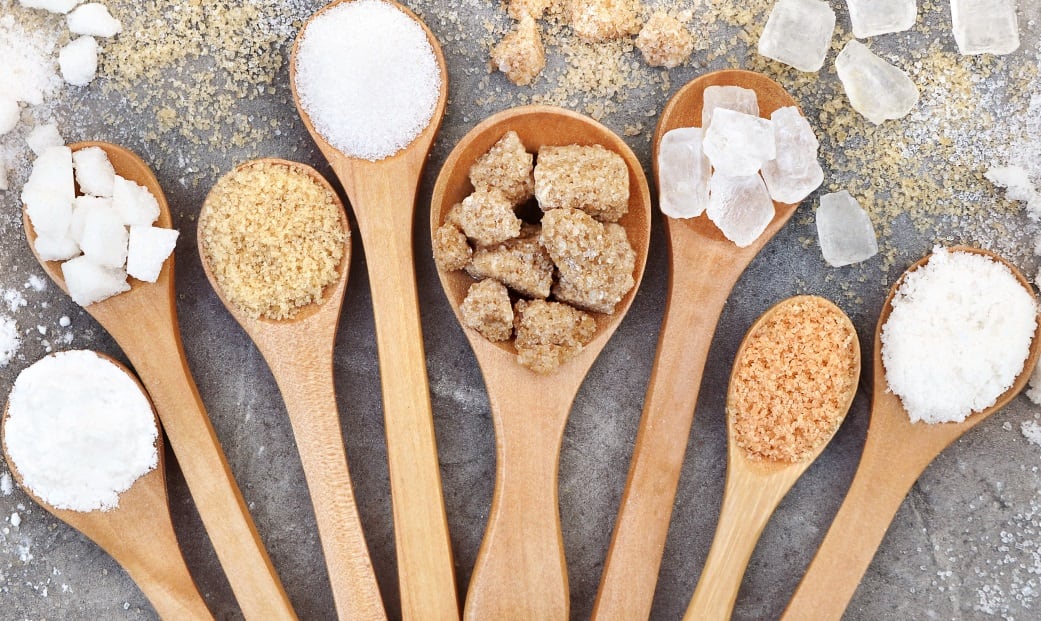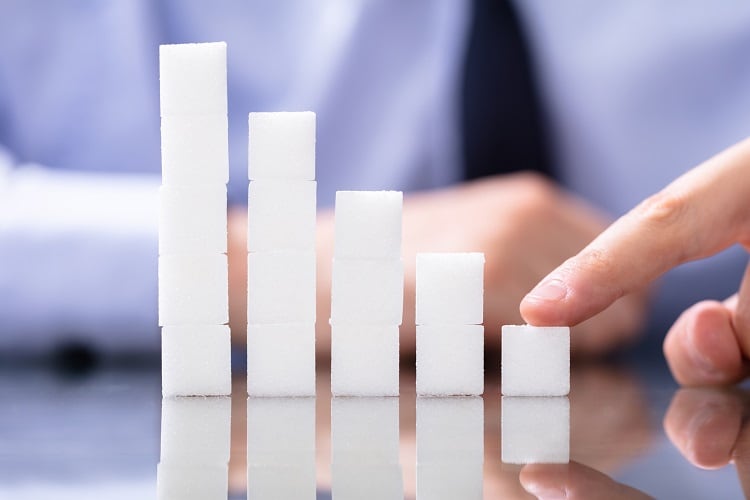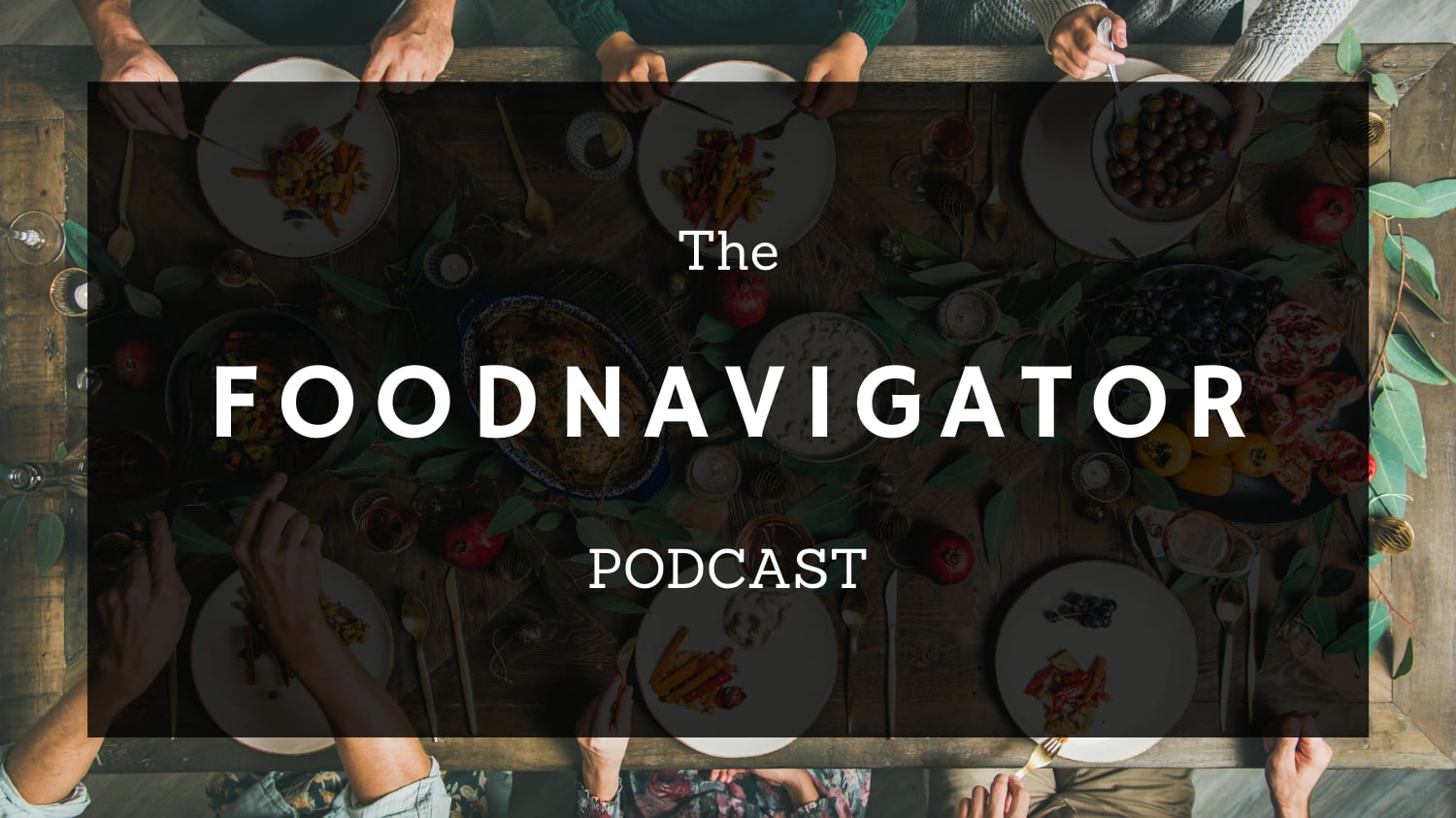The beverage sector has been at the forefront of efforts to reduce the sugar content of products. In the UK, for instance, government data from 2019 demonstrates a considerable reduction in the sugar content of soft drinks.
In a progress report examining the efficacy of the UK government’s voluntary targets to reduce sugar content across various food sectors – alongside the Soft Drinks Industry Levy which taxes beverages that contain high levels of sugar – the difference in sugar reduction is striking. Branded and own label beverages sold through retail channels achieved a 28.8% sugar reduction per 100 ml since 2015. This compares to an overall reduction of 2.9% across all retail categories.
Marc Lejeune, technical services manager at Kerry Taste & Nutrition, believes that soft drink formulators have acted as pioneers in sugar reduction efforts.
“The beverage sector is indeed leading the sugar reduction initiative,” he told FoodNavigator. “Consumption of sugar is mainly driven by the soft drink industry and most sugar taxes are targeting this sector. [For this] reason it comes very high on the agenda of the beverage industry. The very first removal of sugar by high intense sweeteners have been performed into beverage formulations.”
Lejeune also believes that sugar reduction is easier to achieve in beverages than various other products. “In beverages (with the exception of syrup) sugar has less technological function (preservation/texture/freezing point…) so that it is much easier to reduce.
“In beverage formulations, any ingredient quickly shows a significant effect. Generally speaking, active dosages are much lower in beverage compared to food products. Additionally, mastication is affecting sensory perception, whereas swallowing has less impact, so that there are more areas to play with beverages in my opinion. Furthermore, use of bulking polyols and generally speaking additives being limited there is a need for other innovative solutions.”
Taste, texture and flavour impact
This is not to suggest that sugar reduction in beverages is without its challenges, however. Lejeune noted the reduction of sugar in beverage impacts ‘the three most important sensory dimensions of a drinking experience’: taste, flavour and texture.
“Looking at taste, when sweetness is decreased, acid sensations like bitterness become much more dominant. Formulators can still play with different type of acids/juice in order to modulate acidic profile or reduce dosage, but will rapidly face technological limitations to ensure drink preservation or colour stability.
“On flavour, when dissolved into water, sugar may affect partition of flavour components between liquid phase (beverage) and vapour phase (head space) either via a salting-out effect or molecular interactions. Therefore, reduction or substitution of sugar by sweeteners may change flavour release - hence a different sensory perception. Furthermore, overall flavour perception results from a complex integration of various stimulus into our brain. Any change in one of those will deliver a different cerebral interpretation.
“On texture, sugar as a bulking agent is obviously affecting mouthfeel and lubrification properties. Any removal of sugar without bulking compensation such as use of fibres is reducing body, smoothness, mouthfeel and is increasing dryness and astringency.”
It is therefore ‘critical’ that formulators manage all of these elements when developing reduced sugar alternatives.
Be mindful of mouthfeel
Sugar reduction can have a significant impact on mouthfeel, Lejeune continued. This is because the more sugar is dissolved in water, the solution will form a film-coating that reduces friction ‘like a lubricant’.
“Sugar removal increases friction and therefore reduce smoothness, lingering sensation,” Lejeune elaborated.
“This can be compensate using hydrocolloids well known for their ability to efficiently bind water and generate film coating effect. However, they won’t deliver the exact similar sensation and cannot offer clean label solutions.”
Lejeune suggested that the addition of fibre can offer an alternative solution: “Fibres are a nice alternative, much more clean label and interesting from a nutritional point of view. Last but not least, the recent development into flavour around low volatiles and taste active components are now key to improve mouthfeel and modulating flavour perception such as increasing richness [and] roundness.”



